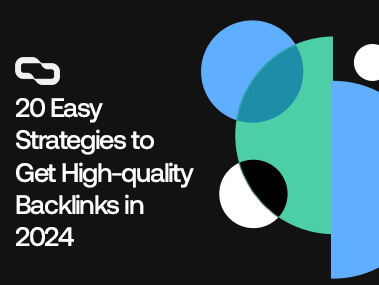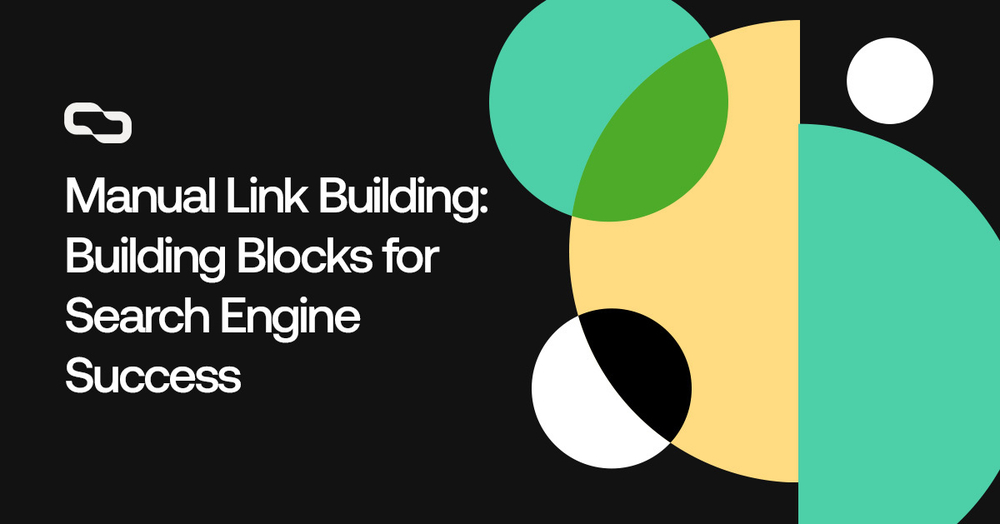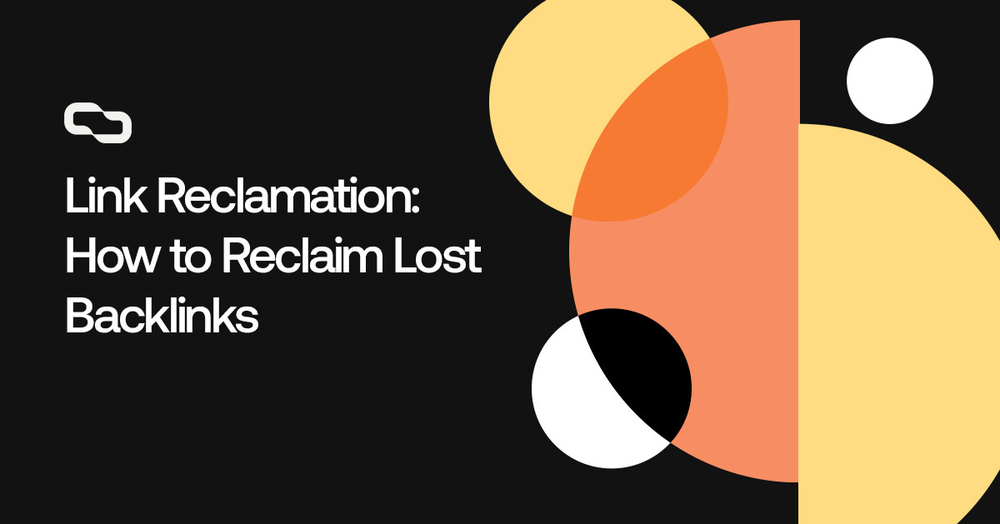Get links on brand new relevant articles for a boost of Authority and Relevance that’ll catapult your SEO. Our links include both DR and Traffic, so you don’t have to choose between one or the other.

Why pay $300 for a backlink when you could buy it on Fiverr for $30?
A backlink is backlink. Plus, a $30 for a DR 60 link is a great deal — right?
Well, not exactly.
Not all backlinks are made equal.
And trust me when I tell you that you don’t want to be associated with websites that sell backlinks for $30.
Google takes the “you are who you surround yourself with” saying quite seriously.
And if you surround yourself with low-quality websites, Google will think you’re a low-quality site as well.
In this article, I’ll go through how to identify the best links that can actually move the needle.
I’ll share our in-house backlink vetting process that we developed throughout the years.
So without further ado, let’s jump right into it.
Domain Rating
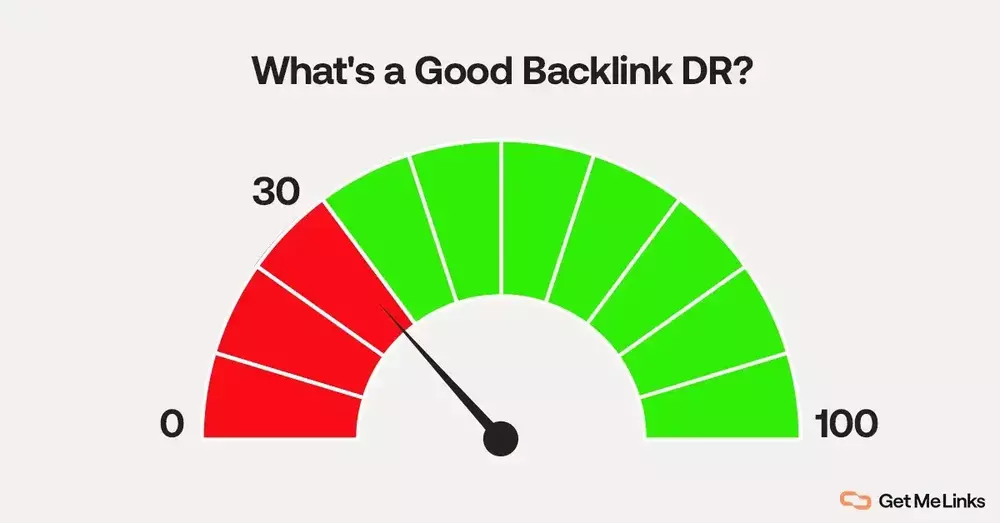
Aim for websites with a domain rating of 30+
Domain rating (DR) is a metric developed by ahrefs to assess the strength of a website’s backlink profile (domain authority.)
The score ranges from 0 to 100, with 100 being the most powerful.
While it’s not a Google metric, it’s a very good representation of website power that is used by almost every SEO.
Ideally, you want links from websites that are at least DR 30.
Anything lower than that might not provide enough power to increase your rankings.
For niche edits, I also look at URL Rating (UR), which measures a page’s backlink profile strength AKA link juice.
The higher the score, the more link juice the page has, and the more powerful a link from it will be.
Website Relevance

Good backlinks come from websites relevant to yours
If I have a cooking blog, I want editorial links from other cooking blogs.
Or at the very least, a link from a website in a shoulder niche, such as parenting.
A link from an automobile website to a cooking blog just doesn’t make contextual sense.
And Google knows that.
If you build many irrelevant links, Google will take it as a sign of algorithm manipulation, and it’ll discount these links, or worse, penalize your site.
Now, I must say that link relevance is often overhyped by SEOs.
A link from an automobile blog can still be relevant.
How? Think of articles like 10 Easy Sandwiches for Road Trips.
This article still provides page-level relevance, although it comes from an irrelevant site.
So, while niche relevance is important, there are many ways to get around it.
Traffic
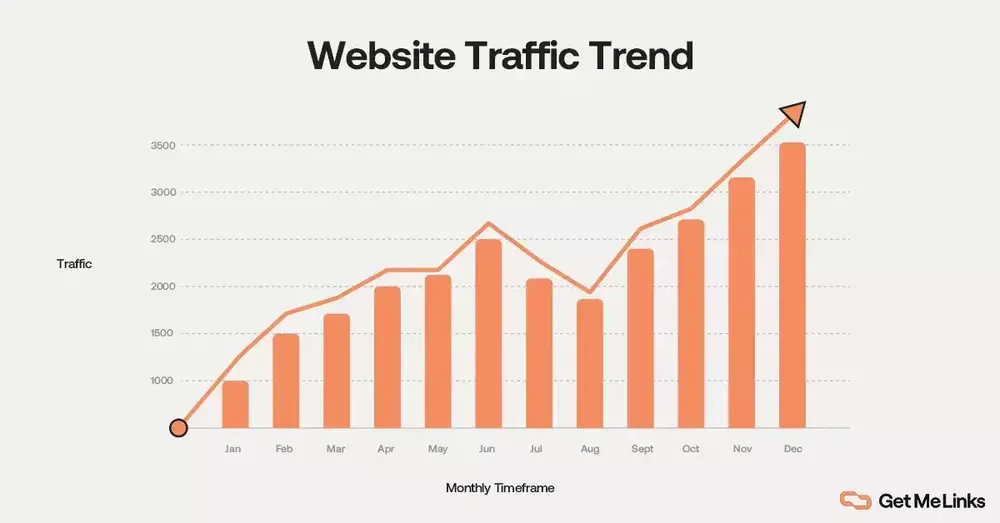
Get backlinks from websites that have a positive traffic trend
If Google won’t trust your content with traffic, why would they trust your links?
After all, a link is an endorsement.
If it comes from an untrustworthy source, it’s just useless.
Fun fact: 96.55% of web pages get zero traffic.
So, if a website gets organic traffic, that’s a good website?
No.
When we vet a website for one way link-building, we look for more than the number of organic traffic it gets per month.
Here are a few things we look for:
A. Traffic Location
Imagine this: A site targeting Indian audiences is linking to your UK-based business.
It’s like a fish out of water, right?
We look to get international backlinks from websites that target the same audience demographic as our business.
These backlinks look more natural and can help boost your brand awareness.
Plus, they can get you relevant referral traffic.
B. Traffic Trend
Steady traffic is good.
Increasing traffic?
Even better.
But a site with a downward spiral in traffic?
Red flag alert!
This is especially true if there is a sudden downward spike, as it could indicate a Google penalty.
And obviously, you don’t want to be associated with a website that is getting penalized — unless you think it’s a genuinely good website.
C. The Keywords That Bring the Traffic
Link farm owners know that people care about the domain traffic.
If their websites don’t get traffic, no one will buy links from them.
So, what do they do?
They target thousands of generic keywords.
Think of keywords like Hannah Montana’s net worth, calories in a slice of quiche, animated dinosaur show, etc.
Each keyword might not bring much traffic, but targeting many of them can add up.
For us, keywords are like a site’s DNA.
They reveal what the site is really about.
Before we build guest posts, we dig deep into the keywords driving traffic to a site.
Are they relevant to your niche?
Are they quality keywords, or just fluff?
A site ranking for solid, relevant keywords is a site worth getting a link from.
Bottom Line: Build links on websites with at least 1,000 organic traffic from the same country as your business, have a steady or increasing traffic trend, and rank for keywords that are relevant to your niche.
Link Acquisition Trend

Good backlinks come from websites with a positive link acquisition trend
Think of new links as a sign of a website’s vitality.
If a site consistently earns new links, it’s like a thumbs-up from the online community, signaling ongoing interest and relevance.
On the flip side, a website that doesn’t attract new links might be seen as stagnant or neglected.
It’s like a shop with no new visitors — it raises questions about its value.
When assessing a site for backlinking, check its link acquisition trend.
Sites actively gaining links are preferable.
They show life, engagement, and a growing presence online, making them valuable allies in your link-building strategies arsenal.
Websites that have a static or declining trend in new inbound links may indicate a loss of relevance or credibility.
Similarly, sudden spikes in inbound links can be a red flag for manipulative link-building tactics.
For more information on this topic, make sure to check our link-building velocity guide.
Outbound Links Quality
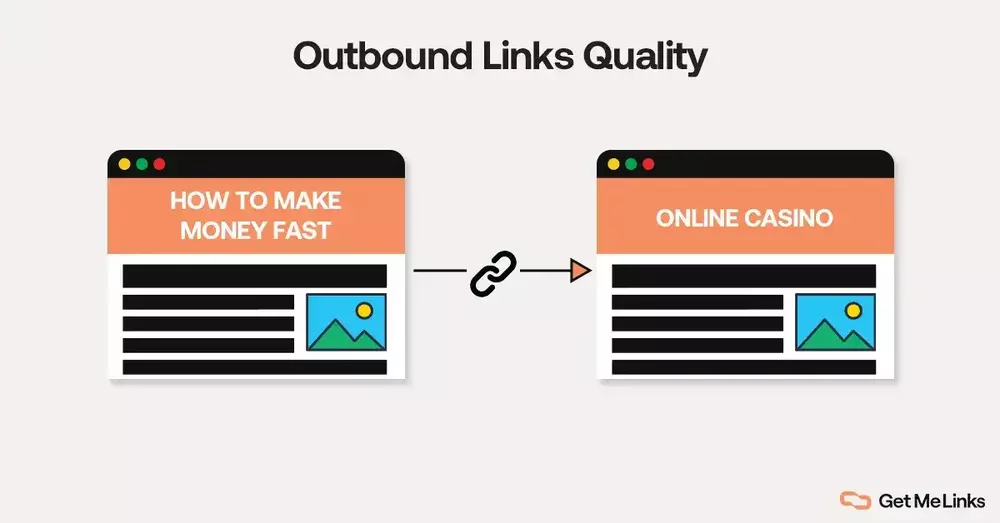
Stay away from websites that link to low-quality, shady sites
It’s not just about who links to you, but also who you link to.
Think of each outgoing link as a handshake with another website.
If you’re shaking hands with the wrong crowd, it’s going to reflect poorly on you.
Here are a few things to look for:
A. Links to Grey Niches
Grey niches — those murky areas of the web that aren’t outright illegal but are frowned upon — are a big no-no.
Think of niches like CBD, adult, and casino.
Sites linking to these grey areas can be seen as endorsements of questionable content.
This can harm your website’s reputation, both with users and search engines.
B. Overoptimized Anchors
Websites that excessively use keyword-rich anchor text for their outgoing links often come across as manipulative rather than informative.
These links look unnatural and can signal to search engines that the site is engaging in spammy link practices.
Domain Outbound/Inbound Links Ratio
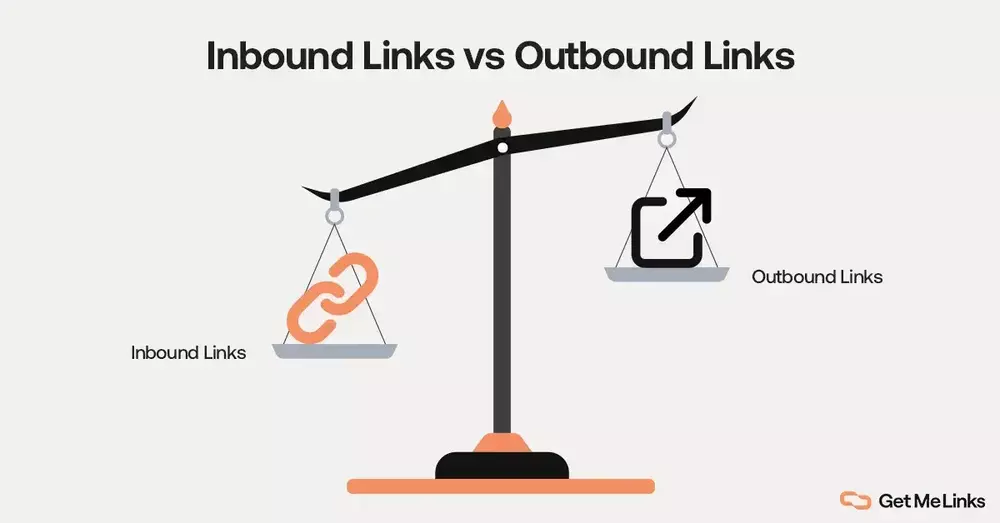
Look for websites that have more backlinks that outbound links
A critical factor in evaluating a website’s link value is its outbound/inbound link ratio.
This ratio measures the balance between the links a site sends out to others and the links it receives.
Too many outbound links can weaken a site’s ‘link juice’, making their links less and less powerful.
This is especially true if it’s not counterbalanced by incoming links.
The sweet spot for a healthy domain is to have an outbound/inbound link ratio lower than 1.5.
Sites with higher outbound ratios risk being seen as less authoritative or, worse, as link farms, which are only OK as tier 2 links.
Bottom Line: A healthy site should have more people linking to it (inbound) than it links out to others (outbound).
Moz’s Spam Score
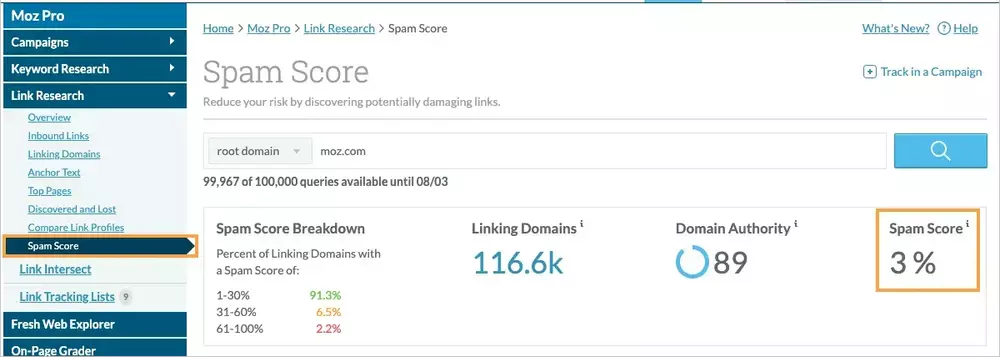
Moz’s spam score is a tool that estimates the likelihood of a website being penalized or flagged by Google as spam.
It uses a machine learning model to compare your website with sites that have been penalized in the past by Google.
The result is presented as a percentage, ranging from 0% to 100%.
The more common features you have with the penalized ones, the higher your spam score.
I usually stick to sites with a Spam Score under 3% to play it safe.
However, it’s important to mention that this metric isn’t flawless.
It’s more of a guideline than an absolute rule.
Use it as a starting point, but also trust your instincts and do a bit of digging on your own.
CF/TF Ratio (Citation Flow and Trust Flow)
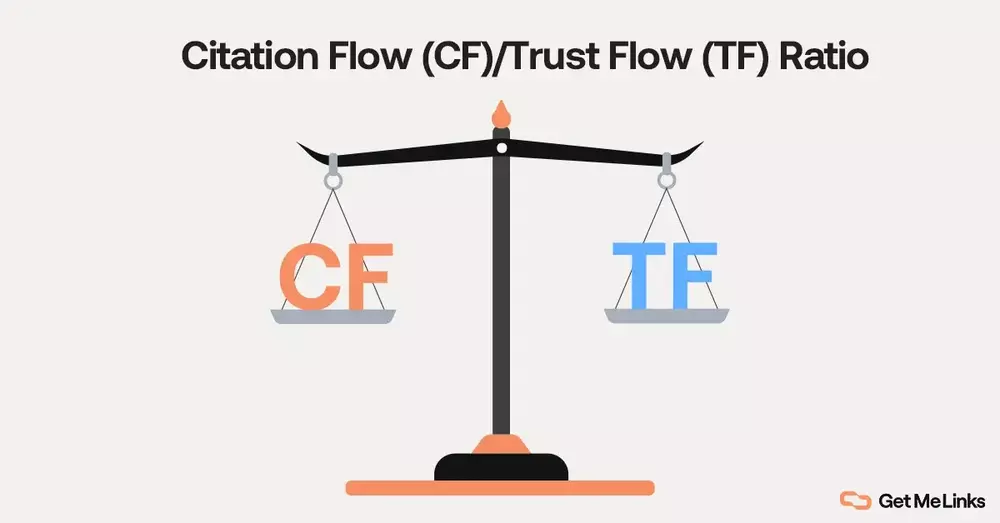
Good websites have a CF/TF ratio of less than 2
CF stands for Citation Flow, it’s a metric developed by Majestic to assess the website’s popularity — how many sites link to it regardless of the quality.
Trust Flow, however, looks at the quality of links rather than the quantity.
The higher the TF, the more authoritative the site is.
These 2 metrics, when combined, offer a comprehensive view of a site’s backlink profile.
Ideally, you want a CF that’s high enough to indicate popularity, but not so high that it dwarfs the TF, which would imply a lack of quality in the links.
A low TF in comparison to CF can often signal that a site’s backlinks are not from reputable sources, potentially harming its Search Engine Optimization (SEO) value.
In practical terms, when evaluating potential backlink opportunities, aim for sites with a CF/TF ratio of less than 2.
This suggests that the site is not only popular but also trusted.
Number of Pages on the Website
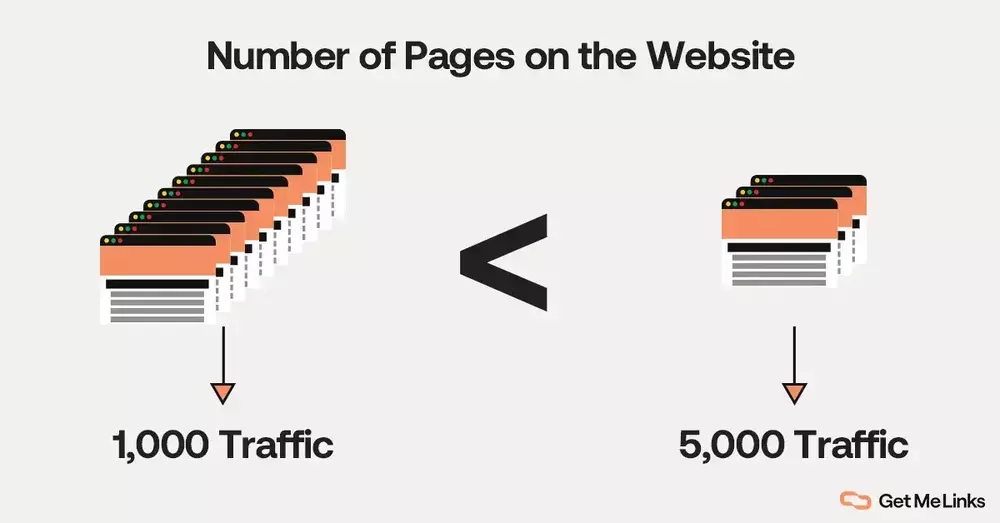
The ratio between the number of pages on the website and how much traffic it gets can tell you a lot about the website’s quality
A website with hundreds of pages that don’t get any traffic is a red flag.
It’s like a massive store with endless aisles but no customers — it just doesn’t add up.
These websites are often link farms that accept any post without caring about its quality or value.
They’re content factories, churning out pages with little regard for relevance or engagement.
This is a big no-no in the world of authority backlinks.
You want to be associated with sites that are alive with activity, where each page serves a purpose and attracts a real audience.
Write for Us Page

Beware of websites that have a “write of us” page
This is another telltale of low-quality guest post farms.
A “Write for Us” page isn’t inherently bad, but when a site seems to rely heavily on guest posts, it’s a warning sign.
These sites often charge for post submissions and/or have very lax editorial standards, which is a recipe for poor-quality content.
Further, these sites can become a breeding ground for spammy links and over-optimized anchor texts.
This is problematic because Google and other search engines are adept at identifying and penalizing such practices.
So, associating with these sites can harm your site’s reputation and search rankings.
FAQs
Are Backlinks Quality or Quantity?
Quality matters more than quantity in backlinks.
A few high-quality backlinks can be more beneficial than numerous low-quality links.
How Do I Know If My Backlink Is Quality?
A quality backlink comes from a reputable, relevant site with a healthy traffic flow, strong domain rating, and a good balance of outbound/inbound links.
What Are Quality Links in SEO?
In SEO, quality links are from authoritative, relevant websites with good traffic, low spam scores, and natural, non-manipulative anchor texts.
What Are the 3 Main Features of a Quality Backlink?
The three main features of a quality backlink are relevance to your niche, a high domain rating, and a stable or increasing organic traffic trend.
What Is the Difference Between High-Quality and Low-Quality Backlinks?
High-quality backlinks come from authoritative, relevant websites with genuine traffic, while low-quality backlinks originate from spammy, irrelevant link farms.
Conclusion
Not all that glitter is gold.
Some may simply be copper, covered with a very thin layer of gold.
As a link builder, your job is to identify these deceptive copper pieces and steer clear of them.
This is no easy task, though.
It takes a lot of practice, and honestly, a lot of time.
Here at Get Me Links, we build thousands of high-quality backlinks each month for clients in several niches.
If you want us to take care of your business link-building, feel free to book a call with one of our experts.
In this call, we’ll analyze your website and plan a custom link-building strategy that will get you the best ROI.
Find out your exact cost of ranking for your dream keyword
Find out nowLet’s get you ranking now
If you want the team at Get Me Links to help you get more traffic
Book a call NOW Back to Blog
Back to Blog 11 Minutes Read
11 Minutes Read